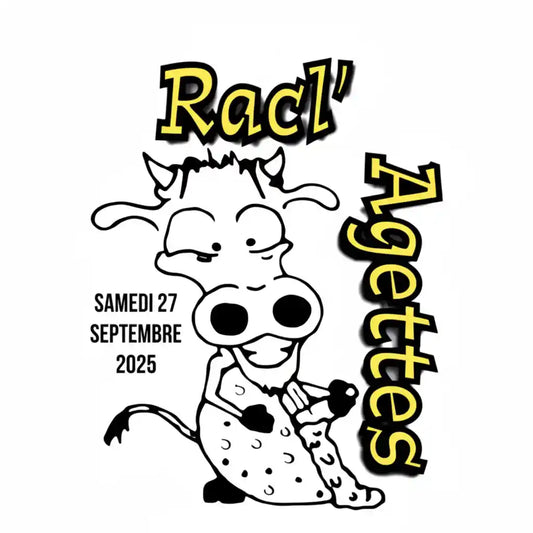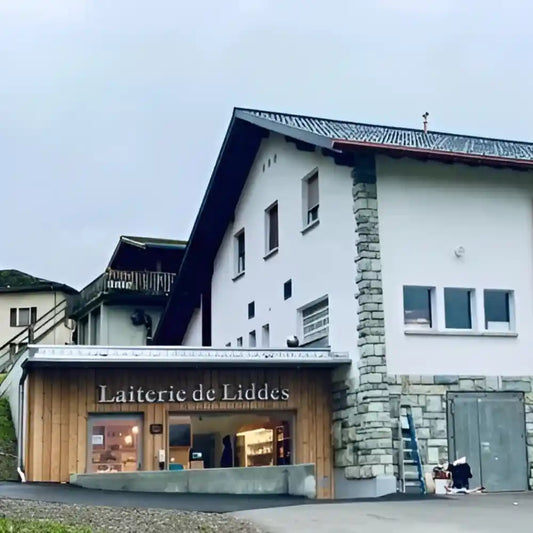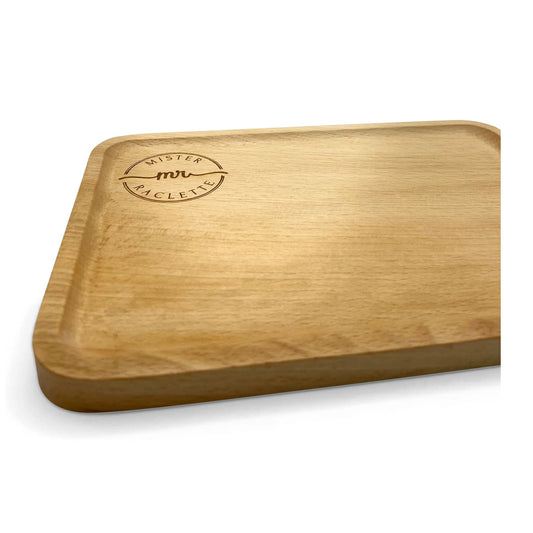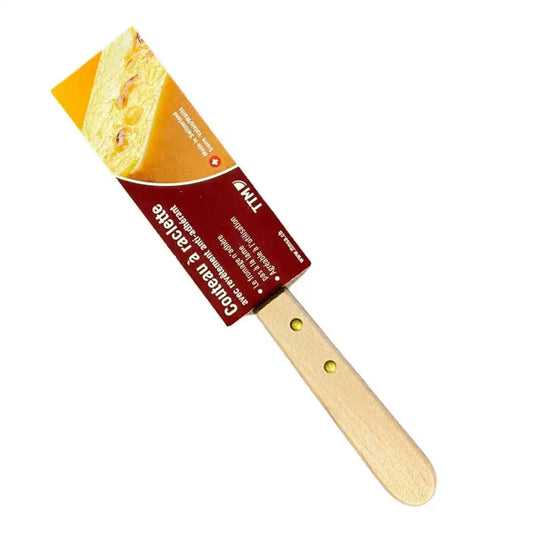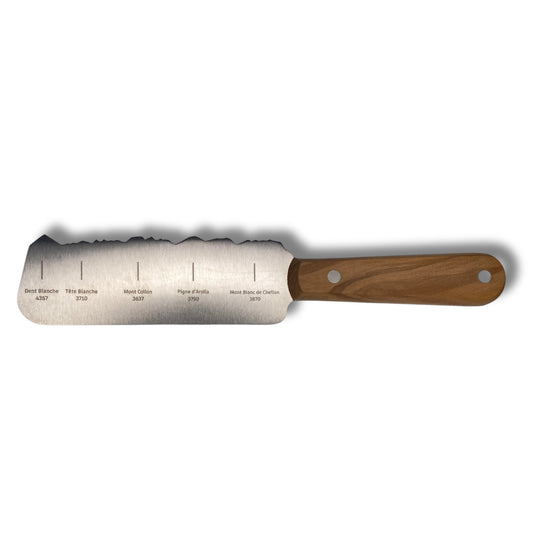The Raclette Valaisanne AOC Manufacturing Process
History and origin of Valais AOC raclette cheese
Raclette, this friendly and warm dish, finds its roots in the heart of Switzerland. Valaisan AOC raclette cheese , with its rich history and cultural heritage, is a Swiss national treasure. This section delves into the depths of its origin, when the first cheeses were made. We explore how this cheese went from a staple food for shepherds to a must-have dish.
Valais, a mountainous and picturesque region of Switzerland, is the birthplace of this iconic cheese. Its lush pastures and ideal climate provide perfect conditions. Indeed, these elements contribute to the production of quality cheese. The AOC (Appellation d’Origine Contrôlée) designation testifies to its authenticity. It also guarantees quality, ensuring the uniqueness of the terroir in each piece of Valaisan raclette cheese.
Over the centuries, the methods of making Valaisan raclette cheese have been refined, but the fundamental principles have remained the same. Commitment to quality, the use of traditional techniques and respect for natural cycles are values that Valais cheese producers perpetuate with pride. This continuity ensures that each generation can enjoy raclette with the same authentic taste as our ancestors.
Valais raclette cheese manufacturing process
The making of Valaisan AOC raclette cheese is a true symphony. She combines precision, patience and passion. Each step, from milk selection to maturing, is carried out with care. This way, we guarantee exceptional quality. The process begins with the milk, freshly milked and cooled. This milk is essential for a good raclette. Producers use traditional techniques. For example, slow heating and careful stirring. These methods turn milk into rich, creamy cheese.
The manufacturing process includes several key steps. Among them, coagulation, flaking, and pressing are crucial. Each contributes to the unique texture and taste of the cheese. After pressing, the cheese is salted. Then it matures in special cellars. There it develops a distinct character. The maturation period is essential. It is during this phase that the cheese acquires its melting texture and rich taste. These two qualities are essential for excellent raclette.
The mastery of these techniques and the in-depth knowledge of cheese are the result of many years of experience and the transmission of know-how. Valaisan AOC raclette producers are not only artisans but also guardians of a cultural heritage, ensuring that each wheel of cheese is worthy of the name it bears.
Lactic cultures and their roles
At the heart of the making of Valaisan AOC raclette cheese is a crucial but often overlooked ingredient: lactic cultures. These microorganisms play an essential role in milk fermentation, influencing the texture, taste and durability of the cheese. Valaisan raclette producers carefully select these crops to ensure consistent quality and a distinct flavor profile.
Culture RA 401
Lactic cultures, such as the RA 401 culture, are essential. Used specifically in Valais, they have unique properties. They create the creamy texture and rich flavor of cheese. These elements are characteristic of Valaisan raclette. Meticulous crop preparation and control ensure quality. Thus, each batch of cheese meets the high standards of the AOC. In this section, we explore lactic cultures in depth. First, we look at their preparation processes and their significant impact on cheese.
Next, let’s dive into cheese microbiology. There we will discover how these organisms transform milk into a culinary delight. Finally, manufacturing challenges and how to solve them are essential to understand. The production of Valaisan AOC raclette cheese faces many challenges. Indeed, factors such as climatic variations, milk quality and storage conditions influence the process. So, this section looks at common problems, including early or late swelling of the cheese and dullness of the dough. Additionally, we explore how cheesemakers skillfully manage these challenges.
Valaisan raclette producers use a combination of traditional know-how and modern techniques to overcome these challenges. For example, careful temperature control during fermentation and maturation helps prevent many quality problems. In addition, regular inspection and turning of cheeses during ripening guarantee uniform maturation and consistent quality.
We also explore the quality and control measures put in place to ensure that each wheel of cheese meets the high standards required by the AOC. This attention to detail and commitment to excellence is what sets Valaisan AOC raclette cheese apart from other cheeses.
The importance of the AOC and its standards
The Appellation d’Origine Contrôlée (AOC) for Valaisan raclette cheese is much more than a label; it is a guarantee of quality, authenticity and respect for traditions. This section describes what the AOC represents for Valaisan raclette cheese and the rigorous standards it imposes. We discuss how AOC influences everything from milk selection to manufacturing and maturing methods.
AOC standards play a key role. They guarantee the production of cheese according to traditional methods. Local ingredients and the specific environment are essential. These rigorous criteria ensure the authenticity and quality of Valaisan AOC raclette cheese.
Each piece thus offers a unique taste experience. We examine how these standards preserve Swiss culinary heritage. They also promote sustainable practices in the cheese industry. The AOC is more than just a label for consumers. For Valaisan raclette producers, it is a symbol of pride and commitment. It represents passion, care and respect for ancient traditions.
Conclusion
By exploring the history, manufacturing process and quality standards of Valaisan AOC raclette cheese, we discovered much more than just a cheese; we explored a rich cultural heritage and exceptional know-how. Each wheel of Valaisan AOC raclette cheese is a testimony to the producers' unwavering commitment to preserving the quality and authenticity of this Swiss national treasure.
From the careful choice of lactic cultures to the skillful management of manufacturing challenges, every aspect of Valaisan AOC raclette cheese production is a fusion of art and science. AOC certification is not just a label, it is the guarantee of an authentic and superior taste experience, anchored in the traditions and unique terroir of Valais.
Valaisan AOC raclette cheese is not limited to its role in the famous raclette dish; it is a symbol of Swiss cultural identity, a link to the past and a source of national pride. By sharing a raclette, we share a piece of Swiss history, a tradition that is perpetuated and renewed with each generation.
We hope that this article has not only informed you but also inspired you to discover and appreciate Valaisan AOC raclette cheese in a new light. Whether you are a cheese connoisseur or simply a lover of good food, Valaisan raclette offers an unforgettable taste experience, uniting people around a table, a shared heritage and passion.



